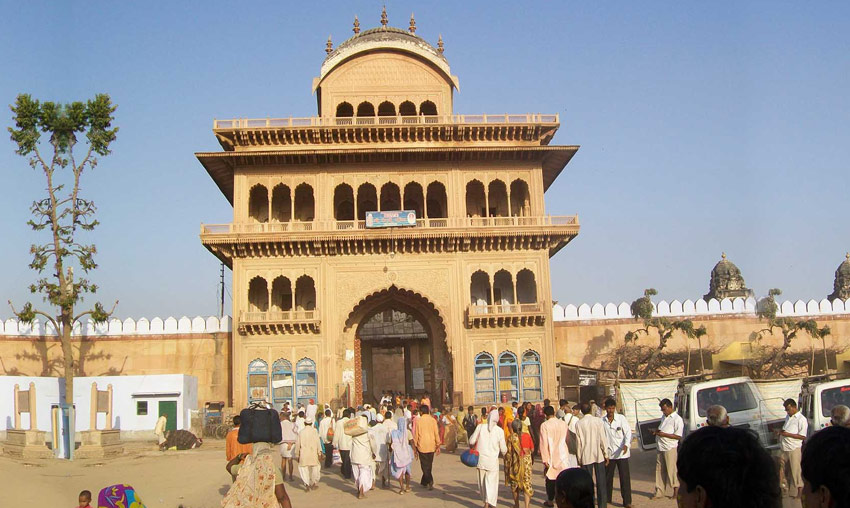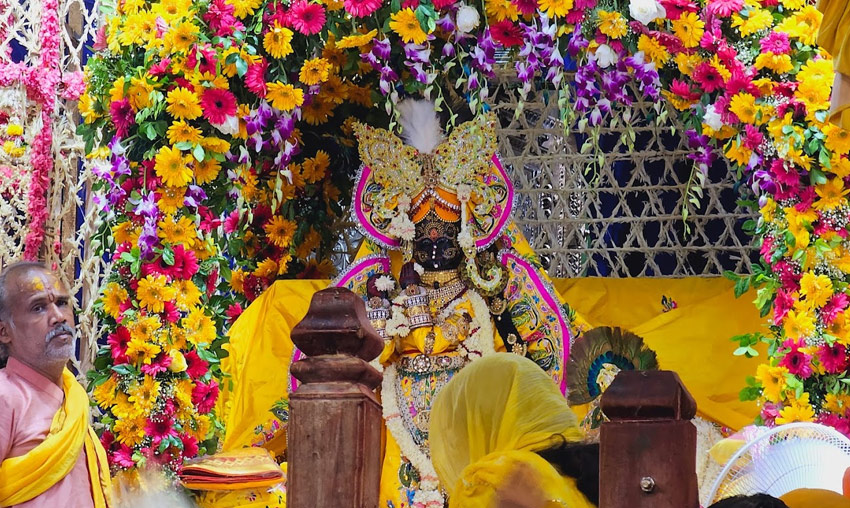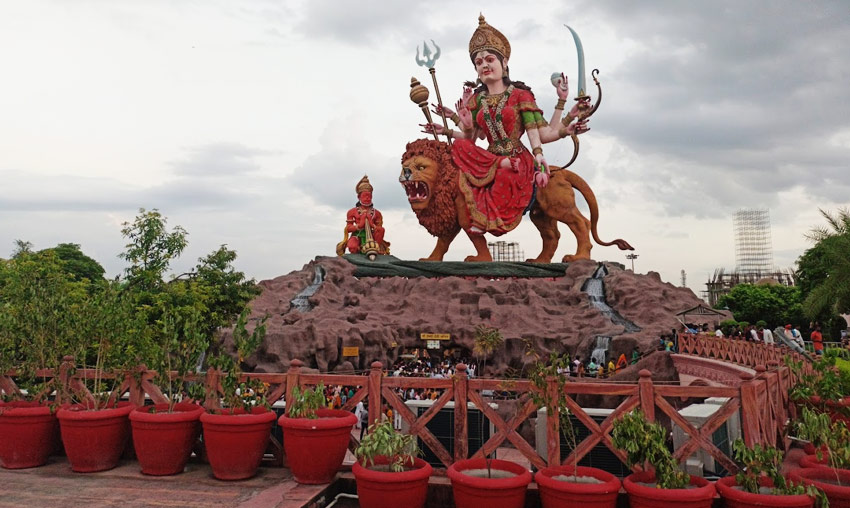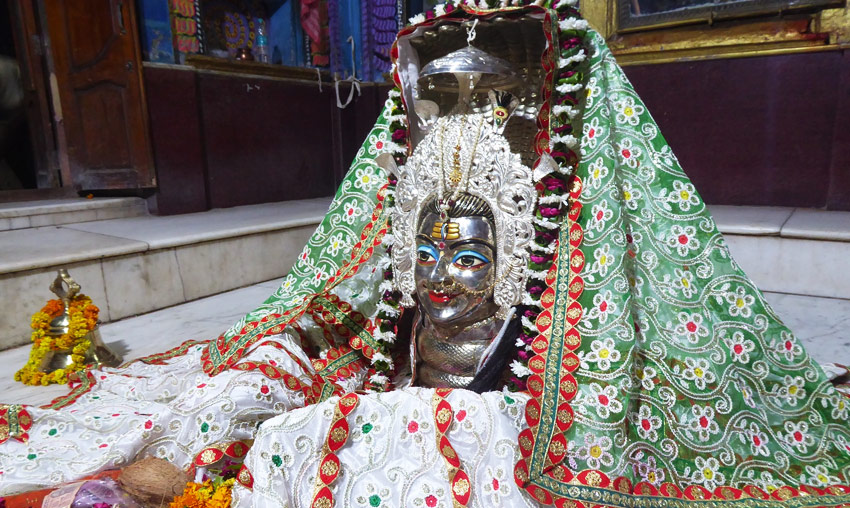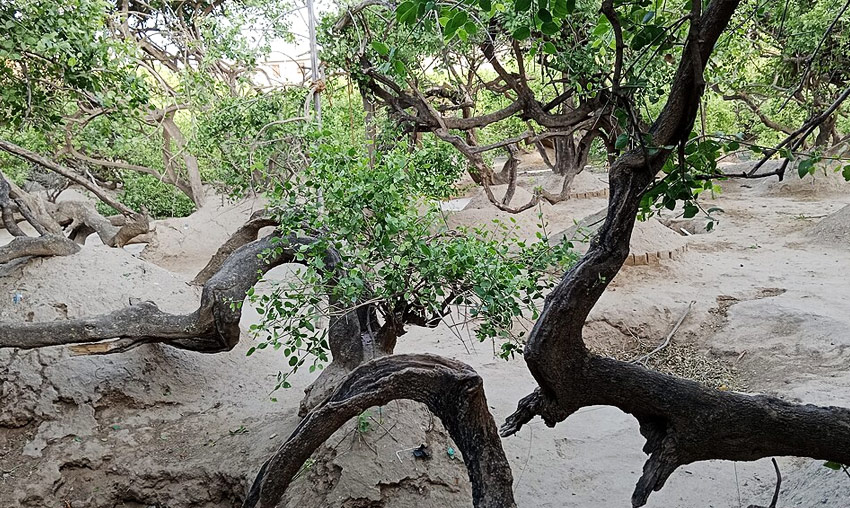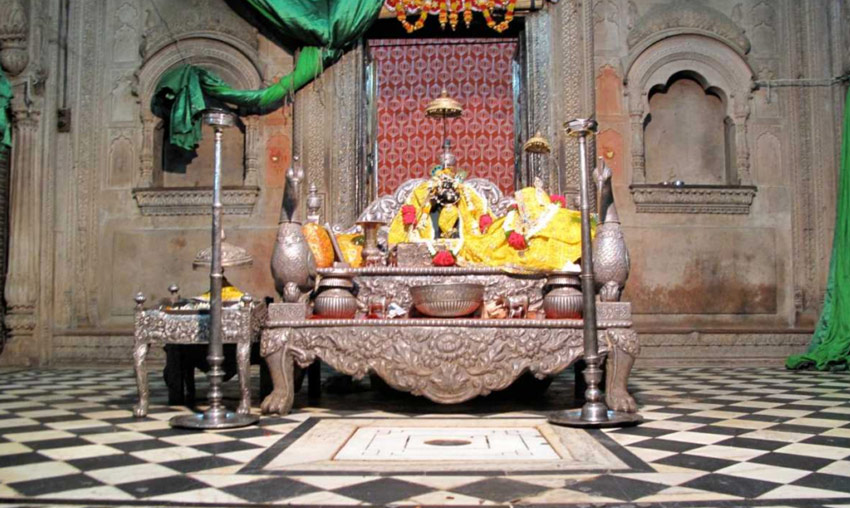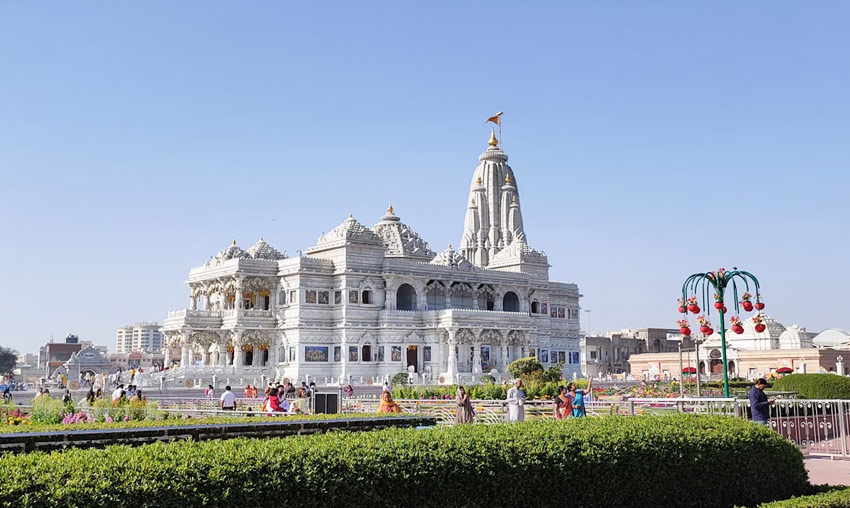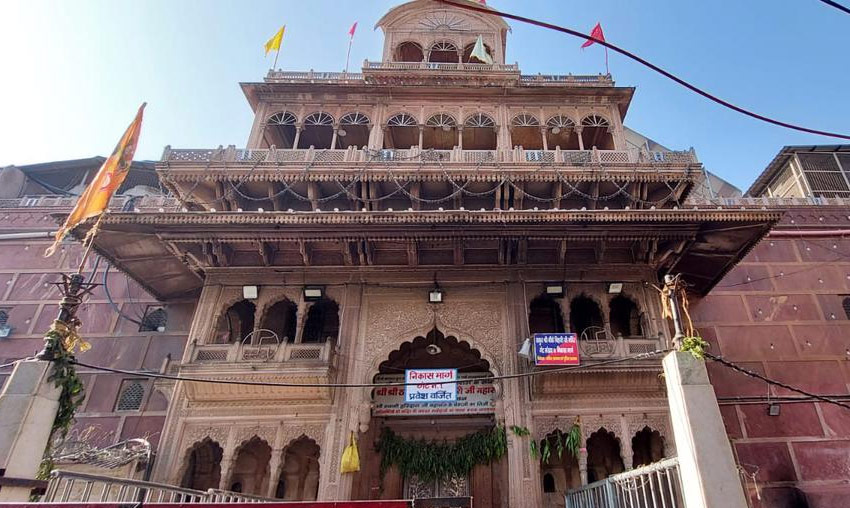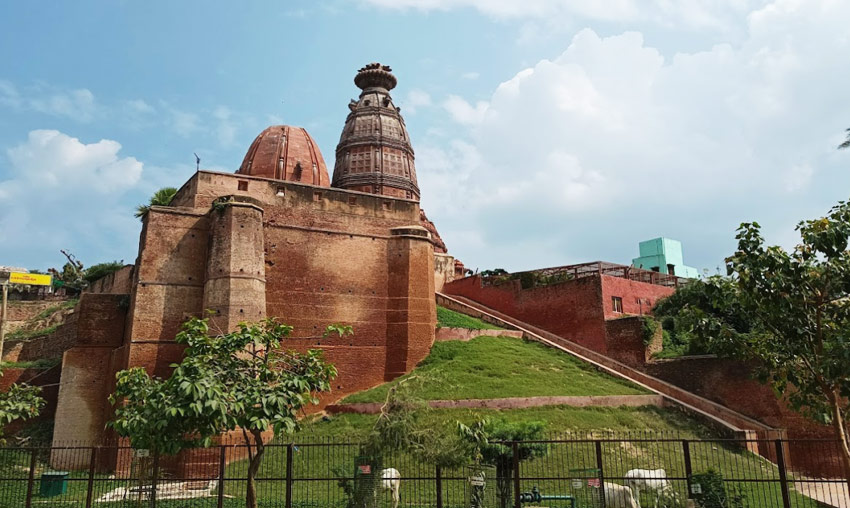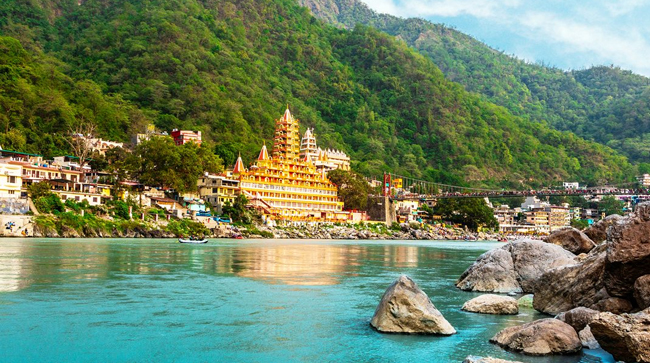Rangji Temple Vrindavan (Timings, History, Entry Fee, Images, Aarti & Location)
One of the biggest and only Dravidian-style temples in Vrindavan is Sri Rangji Temple, also known as Rangnath ji Temple.
Due to its connection to Lord Krishna and Radha Rani, Vrindavan has always been a place of great faith and devotion. Throughout history, temple construction has been motivated by this dedication.
Under the direction of Shri Rangdeshik Swami ji, Seth Govind Das ji and Seth Radha Krishna ji constructed the Shri Rang ji Temple in 1851, which is devoted to Lord Shri Goda-Rangamannar. The “Thiruppavai,” a collection of Tamil devotional religious hymns, was written by the well-known Vaishnava saint Goda or Andal in the eighth century.
History and Architecture of Shri Rangji Temple
According to the belief, Goda Devi prayed and fasted in order to become Lord Vishnu or Lord Rangamannar. Her wish was granted when Lord Rangamannar, also known as Lord Ranganatha, who is none other than Lord Krishna, became her husband. Andal is on the right of Lord Ranganatha, who is revered in the temple as the bridegroom holding a walking stick.
The Ranganathswamy temple at Srirangam, Tamil Nadu, served as the model for the Shri Ranganath Ji temple. The fusion of North Indian and South Indian customs and influences captivates you.
Things to do at Shri Rangji Temple
One of the rare temples in India where all customs and rites are performed in accordance with vedic standards is Shri Rangji Temple. The unending faith that strives for salvation is embodied in this sanctuary. Tourists and devotees can partake in a variety of activities, such as:
1. Brahmotsav: Every year during the ten-day period of Chait (March to April), one can participate in the major Brahmotsav. Known locally as “Rath ka Mela,” it draws sizable audiences to witness majestic chariots or raths carrying Shri Goda-Rangamannar’s “utsava-vigraha” along with other deities. Playing Holi with the Lord Himself during this festival is only possible at Shri Rangji Temple.
2. South Indian Traditions: This temple offers an overview of South Indian Vaishnava traditions and practices. You may experience South Indian culture in North India by going to this temple!
3. Dravidian architecture: The combination of Rajasthani and Dravidian architecture is superbly demonstrated by this splendid temple. Inspired by Dravidian architecture, the Sanctum Sanctorum or Garbha Griha is surrounded by concentric rectangular enclosures. On the eastern and western sides are two exquisite stone gates with Rajasthani-style carvings. The seven-story Rajagopuram leads to the sanctum sanctorum, which is guarded by “Jaya-Vijaya.” The “Dhwaja Stambha,” which is 50 feet high, is another feature that sets this temple apart from others in North India.
4. Calm surroundings: The Shri Rangji Temple occupies a huge land area. You can take in the tranquil surroundings and lovely garden vista while sitting on the steps that lead to the temple tank known as “Pushkarni.”
The electrically powered jhankis on the sides of the Rajagopuram provide a sight of the leelas connected to Lord Krishna and Lord Ram.
Shri Rangji Temple Timings and Entry Fee
Every day of the week, from 8:00 to 12:00 in the morning and from 3:00 to 7:30 in the evening, anyone can visit the Shri Rangji temple. The temple does not charge admission.
Mangala Aarti begins the aarthi at 5:30 a.m., while Bhog concludes it at 9:00 p.m.
Best Time to Visit Shri Rangji Temple
The summer and winter seasons in Vrindavan are marked by harsh weather. October through December and February through April, when the temperature is in the middle range, are the best times to visit the temple.
How to reach Shri Rangji temple
You may easily go to Shri Rangji Temple in Vrindavan, which is around 11 km from Mathura, by booking an autorickshaw or a private cab from one of the best vehicle rental companies in Mathura. The closest train station is Mathura Junction, which is 14 km from the temple, while the closest airport is Indira Gandhi International Airport in New Delhi, which is around 164 km away.
